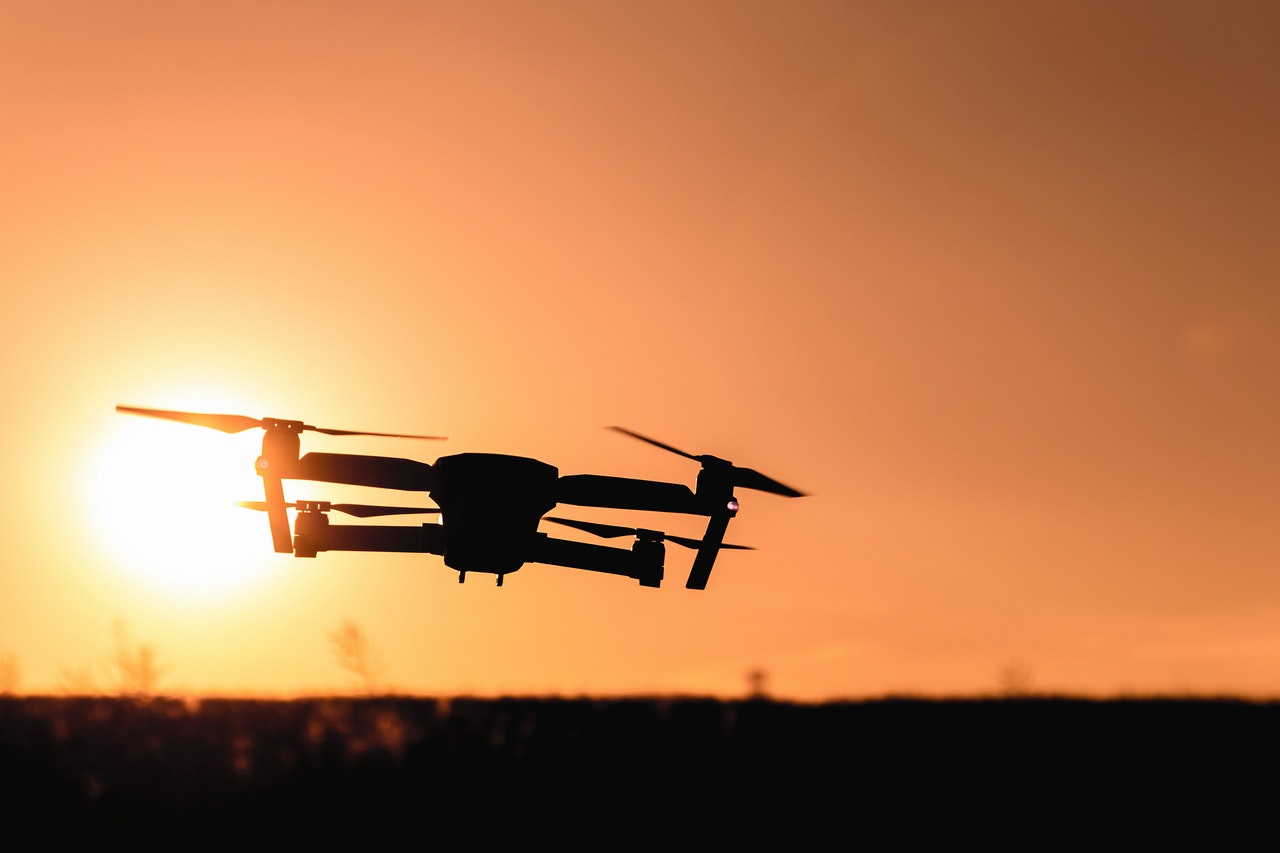What broadcasters need to know about hiring freelance drone pilots

Subscribe to NewscastStudio for the latest news, project case studies and product announcements in broadcast technology, creative design and engineering delivered to your inbox.
More broadcast media companies are turning to drone programs to augment their aerial photography footage because of the agility and cost efficiency they provide. With the ever-fluctuating revenue streams that go with the business, the rapid response needed to capture breaking news, and the need for high-quality aerial footage, many broadcasters are hiring freelance or contract drone video journalists rather than establishing an internal drone program staff.
Broadcast companies aren’t alone in choosing a largely freelance model versus investing in in-house pilots and equipment. Many construction and engineering operations have found great success in using freelance drone pilots. Deploying a drone to a remote area to quickly assess an unfolding situation is far more efficient and less invasive than moving equipment and personnel to that site. Further, a freelance or contract drone pilot is likely to have more experience flying in challenging conditions (near cell towers and transmission lines, or in adverse weather), leading to a better outcome.
Whatever the reasons for doing so, hiring a freelance drone operator is a decision that should not be taken lightly. Like any other organizational or technological change, drone programs require the organization to take steps to ensure the proper processes, protocols, and training requirements are met to be in compliance and avoid liability. You don’t want to expose your company to risk by working with someone who operates unsafely or violates Part 107 or other regulations. And of course, you want to ensure the quality of the footage you receive will be usable.
Here are some tips for how to vet freelance or contract drone operators for the best experience for your broadcast media organization:
1. Confirm Proper Certification
This is an important first step in hiring a freelance drone pilot. There are different requirements for professional drones than there are for hobbyists. Therefore, you’ll want to make sure that a freelancer working with your business is certified to operate commercially in your jurisdiction. In order to fly commercially in the U.S., a pilot must obtain a remote pilot certificate from the FAA. This certificate proves that the operator has passed a test that covers the legal and safety requirements for flying drones. Someone who has passed this test cannot claim ignorance on matters of airspace restrictions, and has at least a baseline knowledge of safety protocols.
2. Ask Some Questions
To further assess the knowledge of a potential contractor, ask them to give you a basic overview of the rules . Ask them how they determine whether a flight is legal, and under what conditions they would need to apply for a waiver. Ask for a copy of their operating manual. Get a sense of how they approach regulations and safety practices, to see whether they’re simply – pardon the pun – flying by the seat of their pants. Here are a few sample questions you might ask:
- What is the maximum altitude for a drone? (A: Generally, 400 feet)
- When can you fly a drone above people? (A: Never, unless you’ve obtained a waiver from the
FAA) - In most cases, what class of airspace are you allowed to fly in? (A: Class G, unless you’ve obtained a waiver from the FAA)
- How do you ensure your aircraft are well maintained? (A: They should have some sort of tracking system for when maintenance was performed.)
3. Ask for Proof of Insurance
General liability insurance is a must when operating a drone commercially. Not only is it a sign that the freelance pilot is a professional, but it also indicates that the contractor is committed to best practices and has gone through the process of proving the safety of their operations to an insurer. In order to get the best rates, the freelance pilot should develop a robust safety protocol and a thorough general operating manual. Not to mention, it absolves the broadcast company of potential liability for damages to a third party in the unlikely event of a crash or accident.
4. Request Drone Footage Clips
Since drones are a relatively new addition to the media toolkit, it may be difficult to find freelancers with an extensive portfolio. Nevertheless, their capabilities should not just exist in theory; they should be proven with high-quality footage and many hours of flight time. Requesting drone footage clips will provide the opportunity to evaluate the quality of the pilot’s work and allow the employer to see if the freelancer can fly with smooth movements, which ultimately results in higher quality footage and safer flights. You should also make sure the pilot isn’t flying too high and that he/she can track an object on the ground. This is especially important in the news industry because unlike construction or engineering, you often can’t go back to get that aerial footage of a breaking story.
5. Check Flights Against a Drone Airspace Map
When your pilots submit footage, either as part of the interview process or for an actual story, ask them for a flight plan, some coordinates, or even a nearby landmark. Simply plug that information into a validated, updated airspace map, and you can see whether the flight was performed within the bounds of the law. Of course, sometimes you can tell simply by looking at the footage that it was obtained illegally. If the flight was performed at night, or over crowds of people, or it shows a major airport, then odds are (unless the pilot obtained a waiver from the FAA) that you shouldn’t work with that freelancer.
Subscribe to NewscastStudio for the latest news, project case studies and product announcements in broadcast technology, creative design and engineering delivered to your inbox.



tags
drone, Drone Broadcasting, drone journalism, Drones & Drone Video Systems, news drone, news drones, tv news drone, TV News Drones
categories
Drone Journalism, Featured, Thought Leadership, TV News Drones, Voices